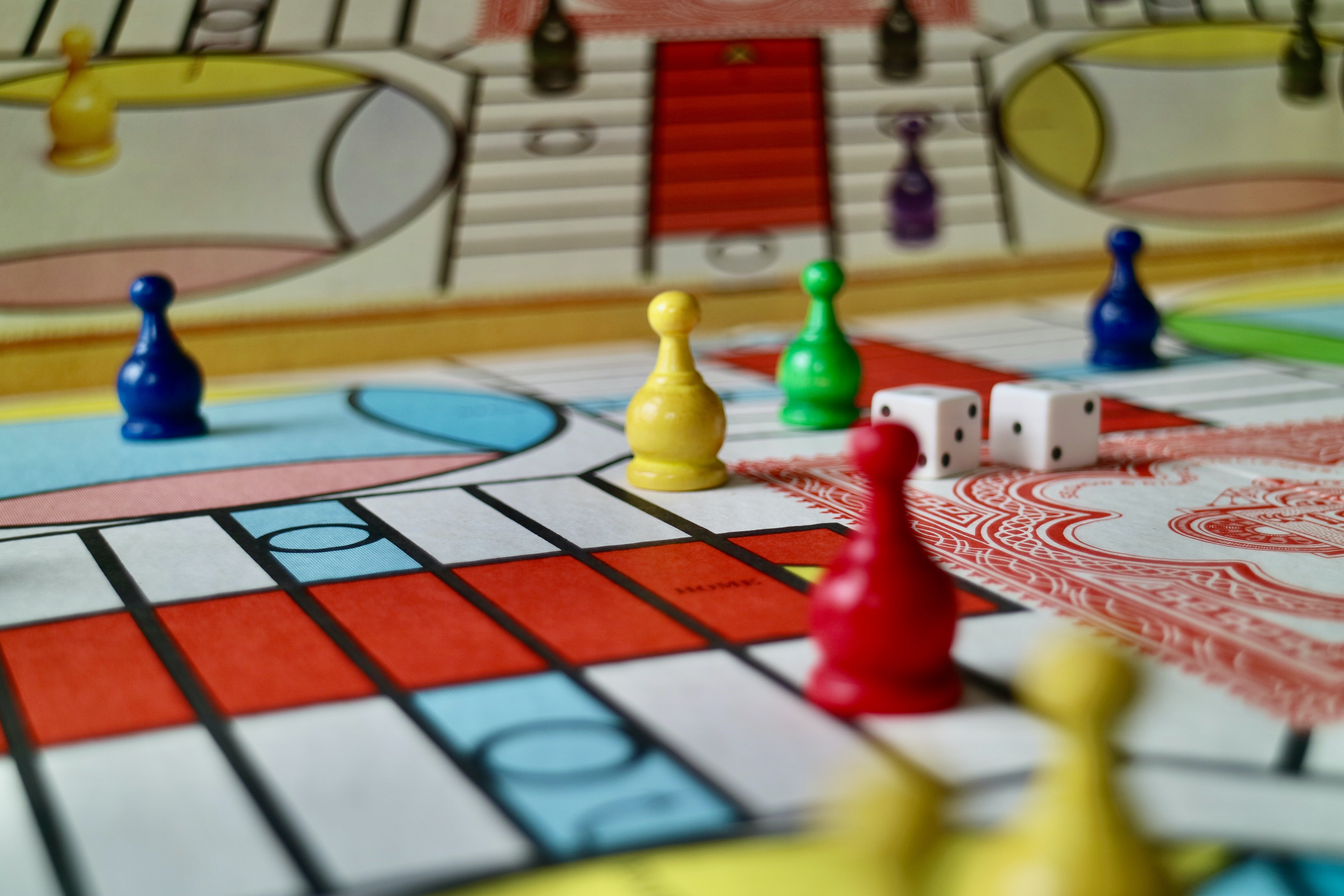
The start of the semester is a good time to focus on finding ways to infuse fun and playfulness into our teaching. The middle and end of the semester are also great times, even when we get bored with lecturing, amirite?
From the Latin ludere (“to play”) “ludic pedagogy” focuses on creating fun, yet academically rigorous classroom experiences. Ludic pedagogy combines the related concepts of fun, play, playfulness, and positivity to establish a context for a positive, effective learning environment.
Two academics, T. Keith Edmunds and Sharon Lauricella, have recently written excellent articles in Faculty Focus and Inside Higher Ed about the successful implementation of ludic pedagogy in college learning, in a wide variety of disciplines and content areas. Here are two concepts that are very easy to infuse into a variety of classes and disciplines.
Use humor and model playfulness.
Students more readily recall examples that are distinctive or funny. We can bring levity in through humorous examples of course materials, problems, images or situations. It’s amazing how many memes can be included in lectures. For example, this one made the rounds last year to describe expectations for students to have their cameras on during interactive portions of online classes.
Gamify Learning.
Gamification (defined as the application of game-design elements and game principles in non-game contexts) has been demonstrated to increase learning by tapping into intrinsic motivation as well as the competitive nature that many of us have. This doesn’t have to mean an elaborate revision of your in-class activities. It can be as simple as using polling or low/no stakes quizzing to ensure that students are completing the readings or grasping important course content.
If you want to take the concept of gamification deeper, try this: use a team based game like Jeopardy to study as a class before a test or at the end of a unit. Here’s an online Jeopardy board template to get you started. Students get into the friendly competition while simultaneously demonstrating their knowledge of important course concepts. Some students (especially those who grew up with participation trophies) are very motivated by tangible demonstrations of achievement…enter badges! A digital badge is an indicator of accomplishment or skill that can be displayed, accessed, and verified online. Badgr is a free badge app that you can use to empower students to track their course progress and completion. You can integrate Badgr into your LMS, which will let you give badges for incremental progress.
Happy Teaching!
I Dr. T. Keith Edmunds is a full-time faculty member at Assiniboine Community College in Brandon, MB, Canada. He may also often be found lecturing in the department of business administration at Brandon University.
Dr. Sharon Lauricella is Associate Professor of Communication and Digital Media Studies at Ontario Tech University, Oshawa, ON, Canada. She has been the recipient of the Ontario Tech Teaching Award (2009 and 2013), the Social Science and Humanities Teaching Award (2014 and 2019), and the Tim McTiernan Student Mentorship Award (2020).
Adapted from:
Lorien Carter, MSW (pronouns: she/her/hers)
Associate Professor of Practice (Social Work)
Faculty Instructional Coach
MSW Foundation Curriculum Chair
Brown School; Washington University in St. Louis